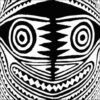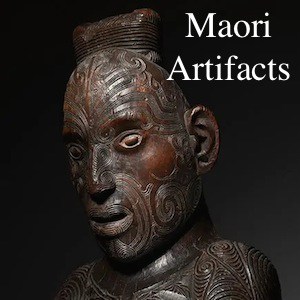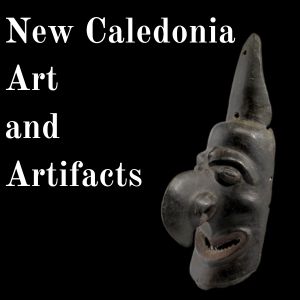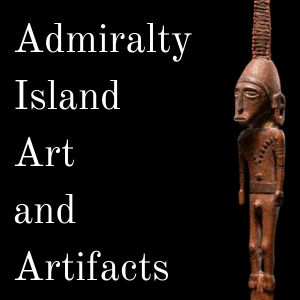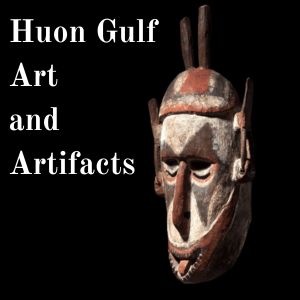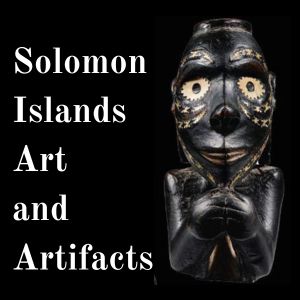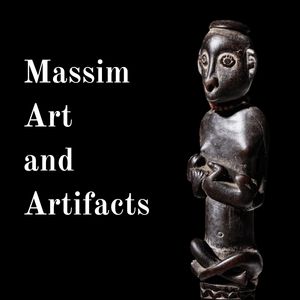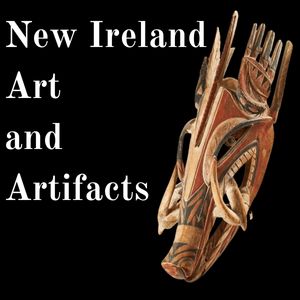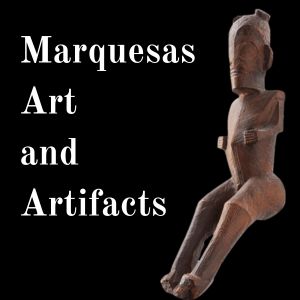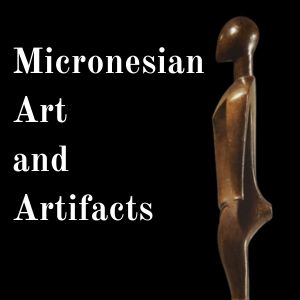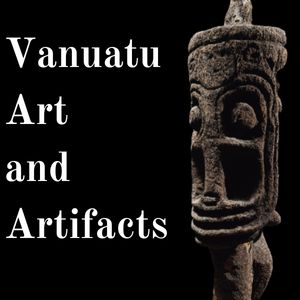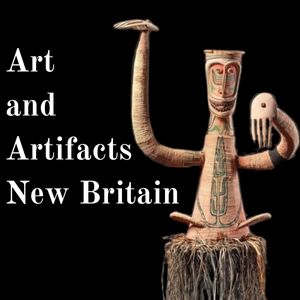New Caledonia Art and Artifacts
Old New Caledonia Art and Artifacts are valuable and very collectable. This is especially true for pieces made for indigenous use and not for sale to tourists. Most New Caledonia art was reserved for chiefly priests and their houses.
New Caledonia also has some very beautiful and collectable clubs.
This article looks at the different types of New Caledonia art and Artifacts. It will give you an idea of what to look for when determining if your piece of traditional New Caledonia Art is a masterpiece or not.
I buy and sell New Caledonia Artifacts and the process is straightforward. Just send me a photo of your Vanuatu Art of Artifact and I will give you an idea of what I would be willing to buy it for.
In a single article, it is impossible to cover the subject of Kanak Art and Artifacts in great depth. This is just a taste of some of the wonderful objects that this region of the Pacific produces.
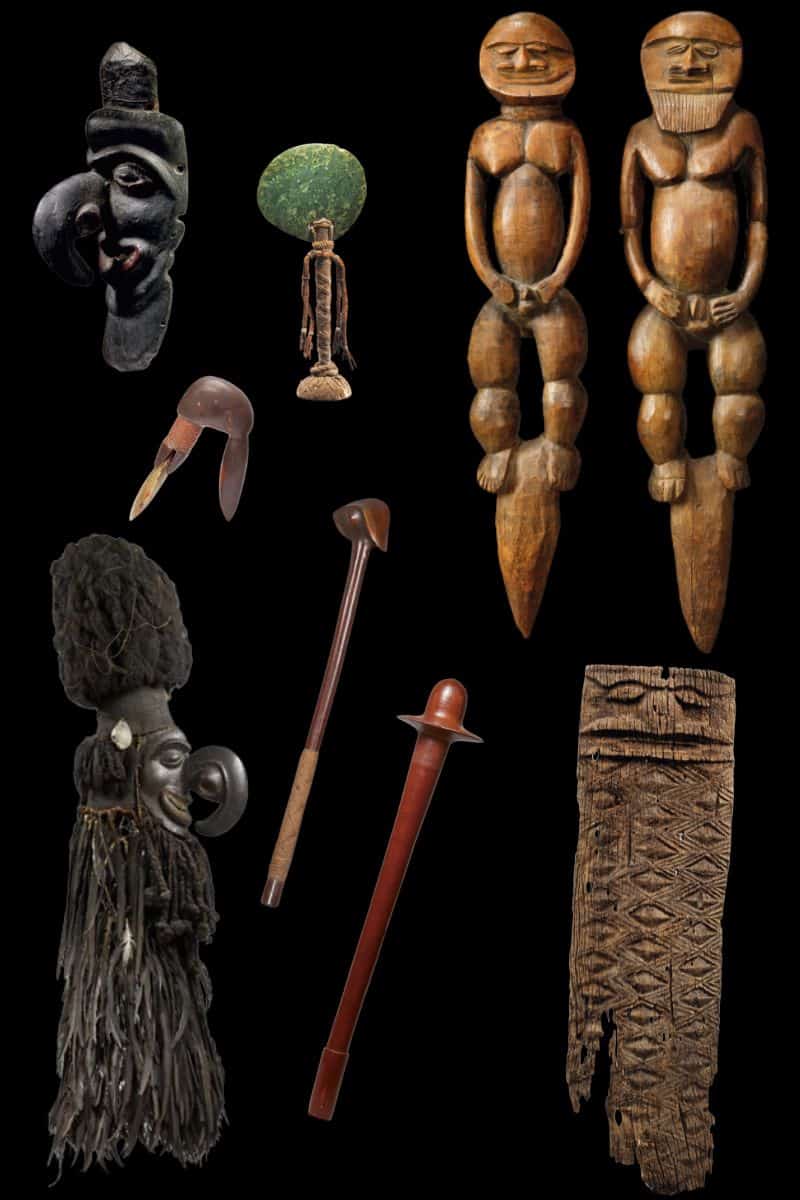
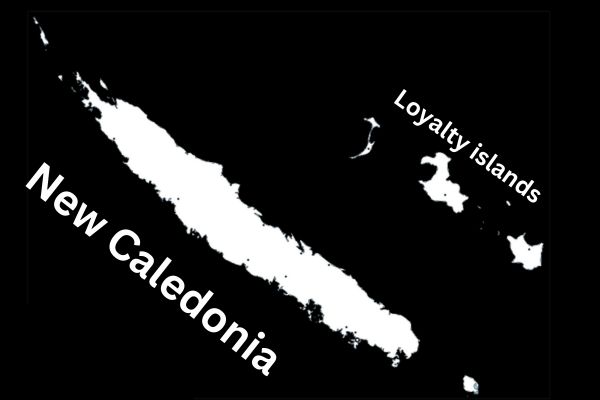
Background of Vanuatu Art and Artifacts
New Caledonia is a special collectivity of France located in the southwest Pacific Ocean. It is east of Australia, north of New Zealand, and south of the Equator. The archipelago consists of the main island of Grande Terre, the Loyalty Islands, the Isle of Pines, and several smaller islands.
New Caledonia like Vanuatu and Papua New Guinea is artistically Melanesian. The Melanesian people of New Caledonia are the Kanak. Kanak spirituality is like other Melanesian cultures the belief that natural elements and objects possess spiritual essences. The relationship between humans and the spiritual realm is essential. The connection between the realms is the duty of the chief priest. Many of the art objects from New Caledonian were the property of these chief priests.
In 1853, France formally established a penal colony on the main island of Grande Terre. Christianity caused a rapid decline in the traditional Kanak culture. Several uprisings and resistance movements occurred throughout the late 19th and early 20th centuries. The most notable being the 1878-1879 revolt led by Chief Ataï and the 1917 Mata-Utu uprising.
New Caledonia Art and artifact Types
New Caledonia Sculpture
Many of the Larger pieces of New Caledonian Art were a part of the large community house or Mens House. These great round houses were and are one of the most powerful symbols of New Caledonian Kanak society. As well as being meeting houses, they reflect the social organisation of a clan and its relationship with its chief. It is not surprising that they have provided a major vehicle for Kanak woodcarving.
These mens houses were circular in shape and had doors carved with protective symbols with a spirit on the finial. Inside the mens house free standing figures would empower the whole space.
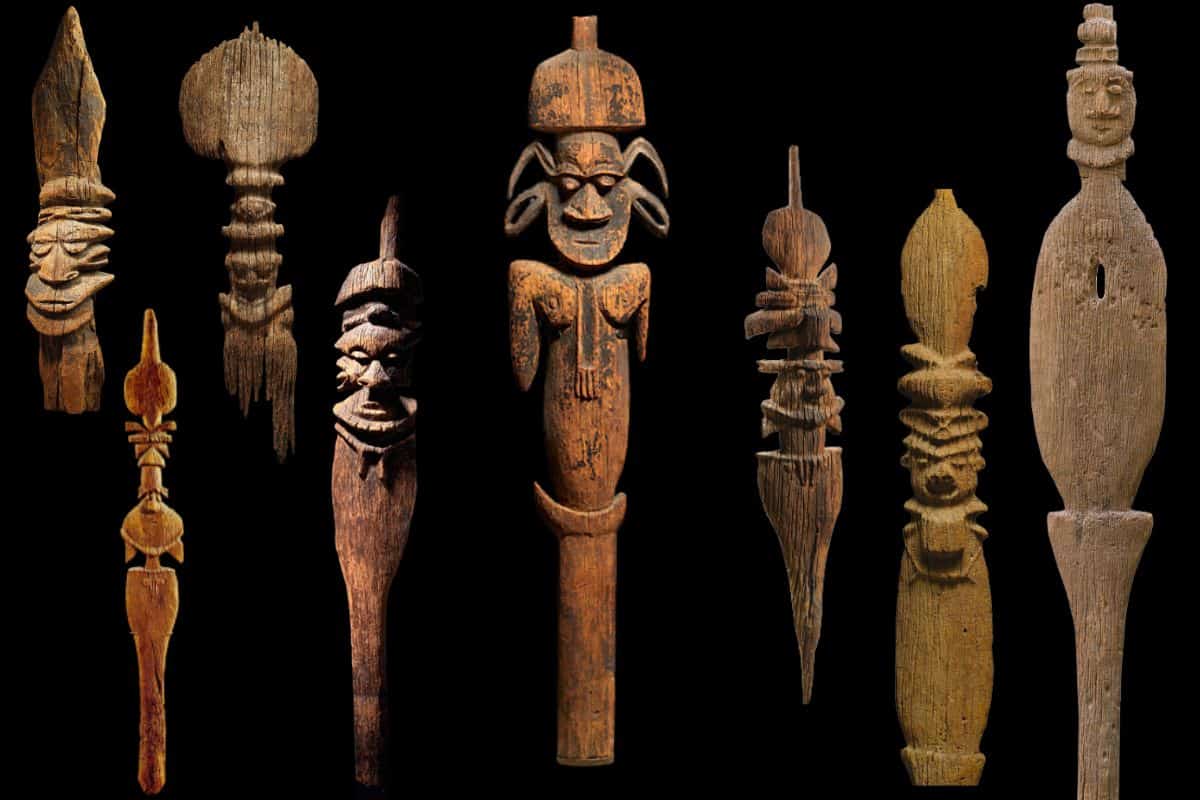
Range in size from 70cm – 250 cm
Communial chiefs house roof Finials
The high conical roofs of a chiefs communal house was topped by protective carved finials. These finials representing ancestors and other supernatural beings. These finial sculptures consist either of stylized geometric forms or naturalistic anthropomorphic figures.
Being exposed to the elements they are often weathered.
Anthropomorphic finials usually have slender torsos and enlarged heads. The top of the head often had spikes on which was decorated with shell money
New Caledonia Sculpture
These magical standing statuettes commemorate an ancestral spirit. The sculpture protected their owners and was sometimes used to confer fertility upon a couple.
They were amongst the first objects to be brought back by 18th-century mariners and merchant traders.
These figures were often hidden in special enclosures in the forest. The figurines were often kept carefully wrapped in fabric and bindings of tapa cloth and flying fox fur. This ceremonial wrapping was thought to preserve the spirit figure’s magical power.
Larger free standing figures were kept inside the chiefs community house. These are often on a pole so they could be inserted into the ground.
Anthropomorphic sculptures are extremely rare.
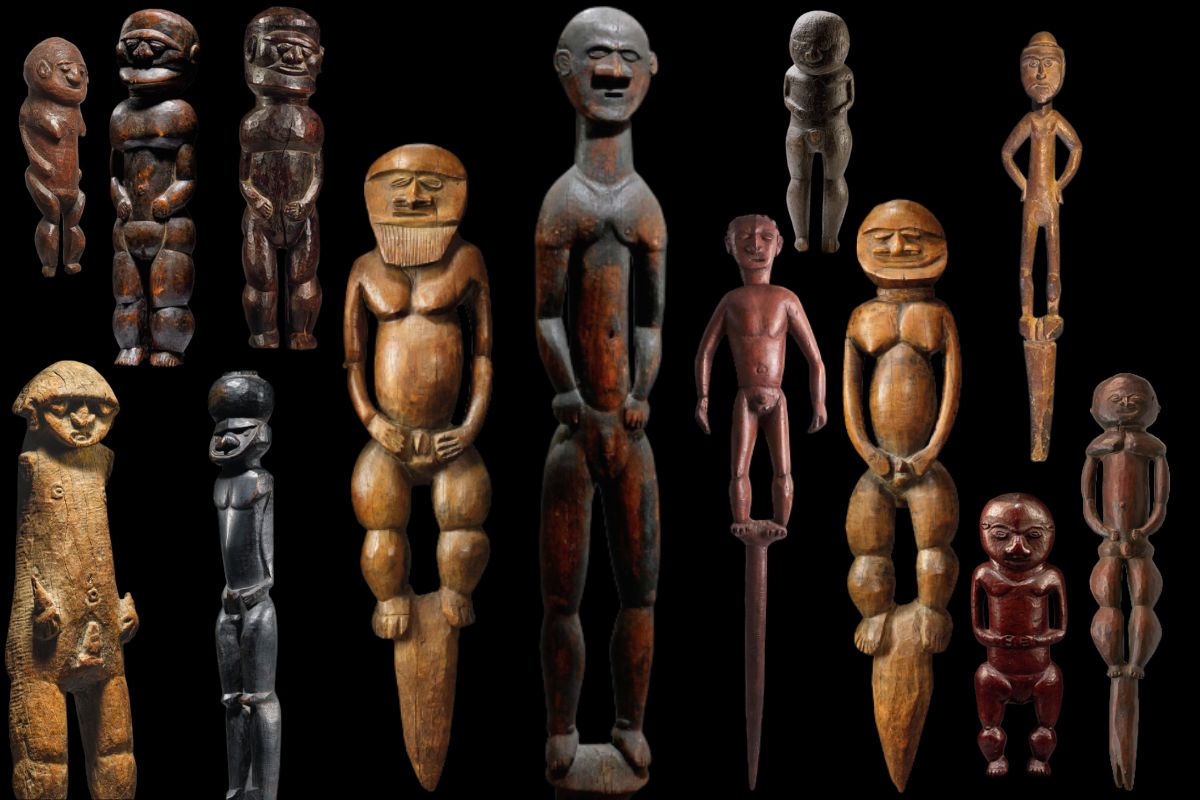
Sizes Range from 30cm – 125cm
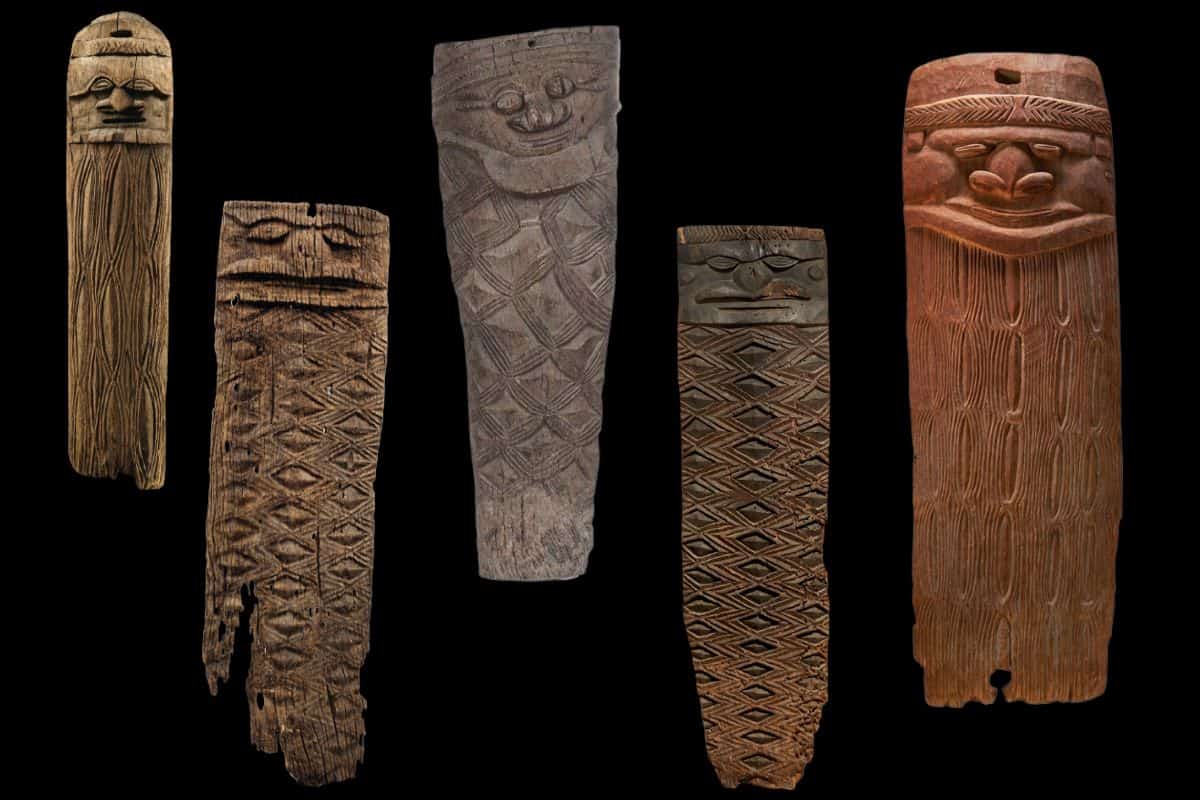
Sizes Range from 12ocm – 180cm
New Caledonian Door Jams
These doorways, with their lintel, sill, and side carvings, were one of the main forms of architectural sculpture for the Kanaks. The large carved boards that flanked the door were among the most striking works of Kanak art.
The jovo are usually called chambranles (door jambs) in French, but they do not support the frame as a door jamb does. Instead, they stand in front of the doorway and keep the horizontal rods, which support the wall material, in place against the actual doorposts. Each meeting house has two jovo, one on each side of the door.
There are stylistic variations and several regional styles in the jovo of New Caledonia.
New Caledonia Art and Artifacts Masks
Kanak masks
The Kanak peoples of New Caledonia were formerly ruled by hereditary chiefs, who held secular authority and embodied the supernatural power of village ancestors. New Caledonian chiefs received a mask upon becoming a chief.
These masks were made so that the wearer could see through the open mouth. They often have large beak like noses. Compared to other melanesian masking cultures New Caledonian masks are rare and very collectable.
The top of the mask and beard are attachments made with human hair. The hair was grown by mourners over many months.
The mask was worn with a black cloak made of pidgeon feathers attached to netting.
Masks were the property of chiefs and only worn at important gatherings. They symbolize the power of the community leader and dead ancestors. Masked figures represented dead ancestors and substituted the deceased. The masked chief would appear during funeral rights with a club and some spears.
Collecters should be warned that there are several very good fake new Caledonian Masks floating around the market.
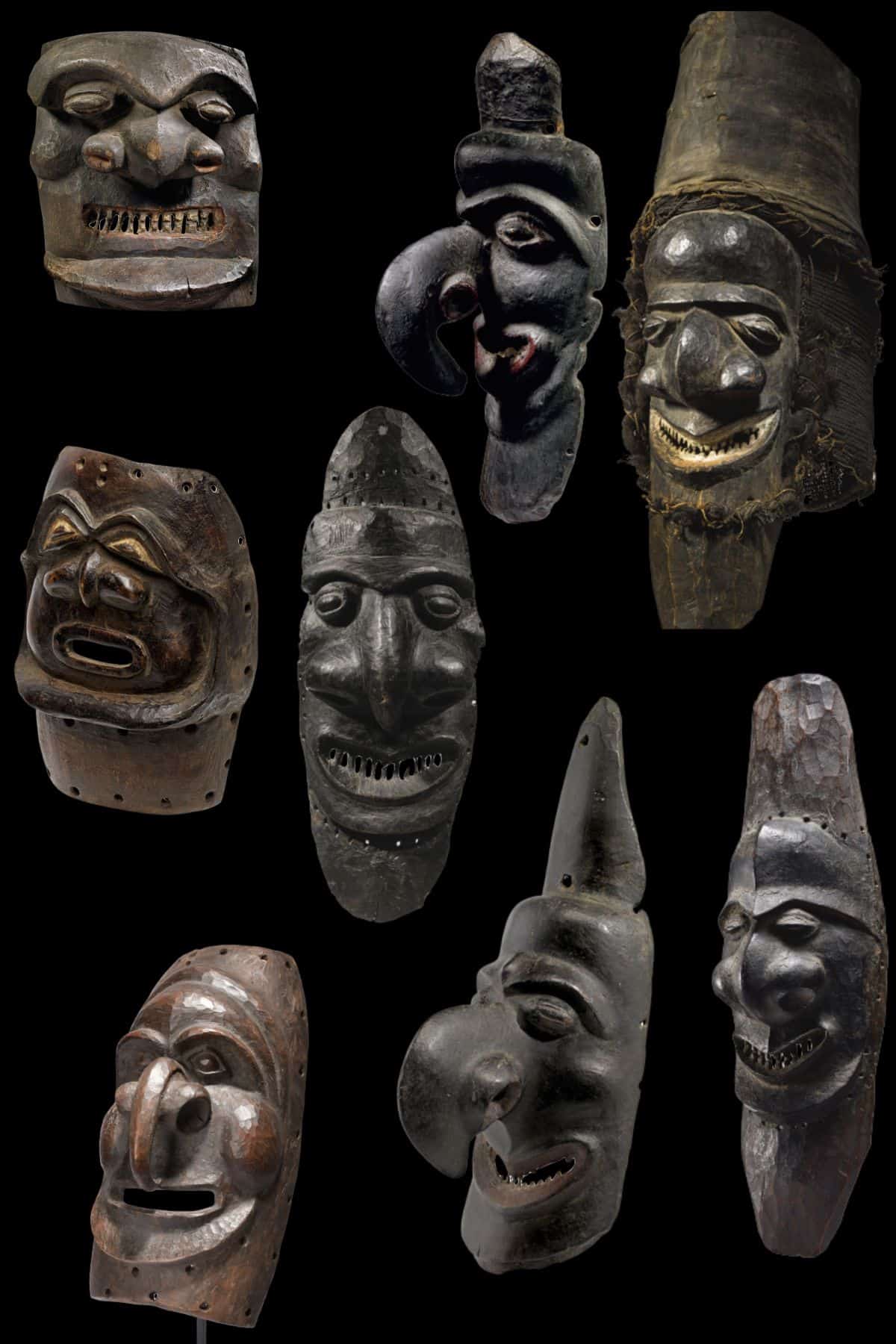
All images in this article are for educational purposes only.
This site may contain copyrighted material the use of which was not specified by the copyright owner.
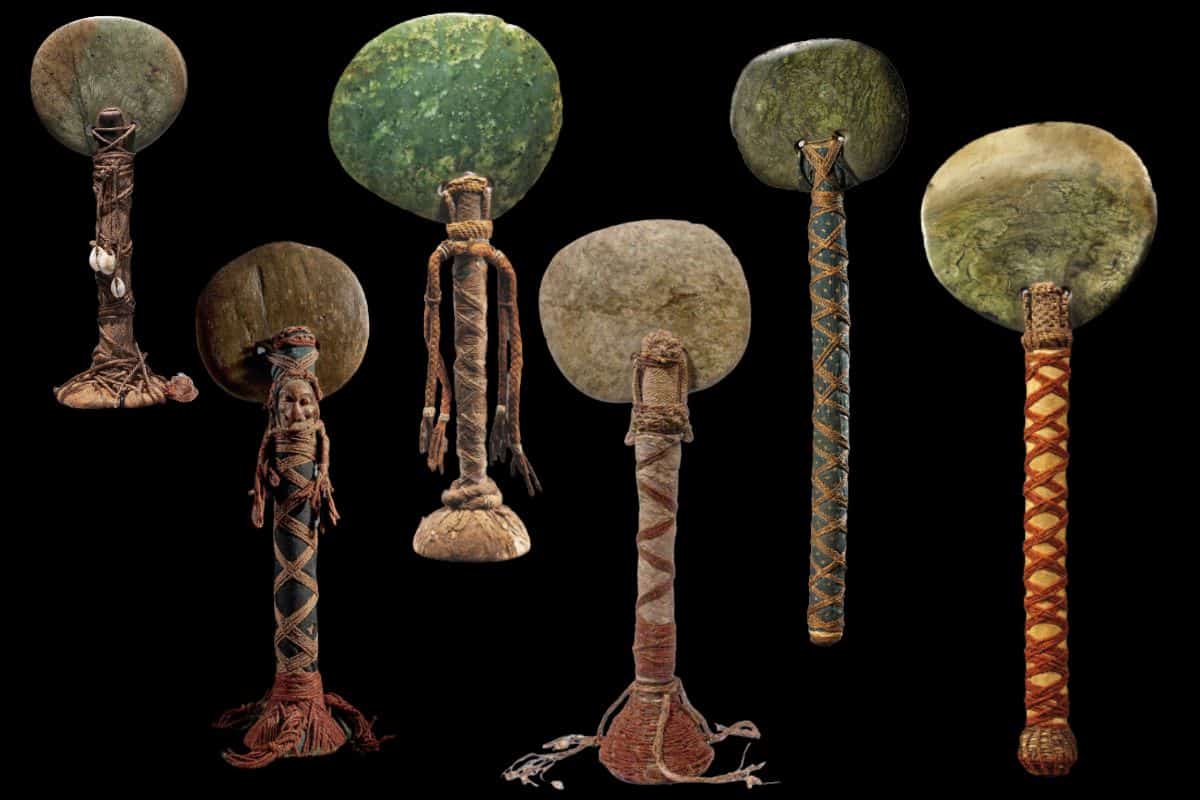
31cm – 60cm
New Caledonia Chiefs scepter
These sceptres were a symbol of the strength and power of the chief and his clan. Ceremonial sceptres have beautiful circular blades made from a light green serpentine, sanded flat to a special thinness.
The blade is so quite fragile and is not capable of serving any practical purpose. They are sometimes used as prestigious objects of ritual exchange. The serpentine was quarried from important deposits on Ouen Island near Nouméa. From there it would start out on a long cycle of barter that would take it north up the coast eventually reaching the Loyalty Islands.
The stone blades are hafted to wooden shafts that are wrapped in tapa bark cloth. The cloth held in place by a highly ornamental webbing design in cord teased out from flying fox fur. Such strands are also status symbols as red dyed cords are also used in ritualised exchange. The strips of tapa and the red flying fox fur were later ousted by imported colonial trade cloth
New Caledonian Clubs
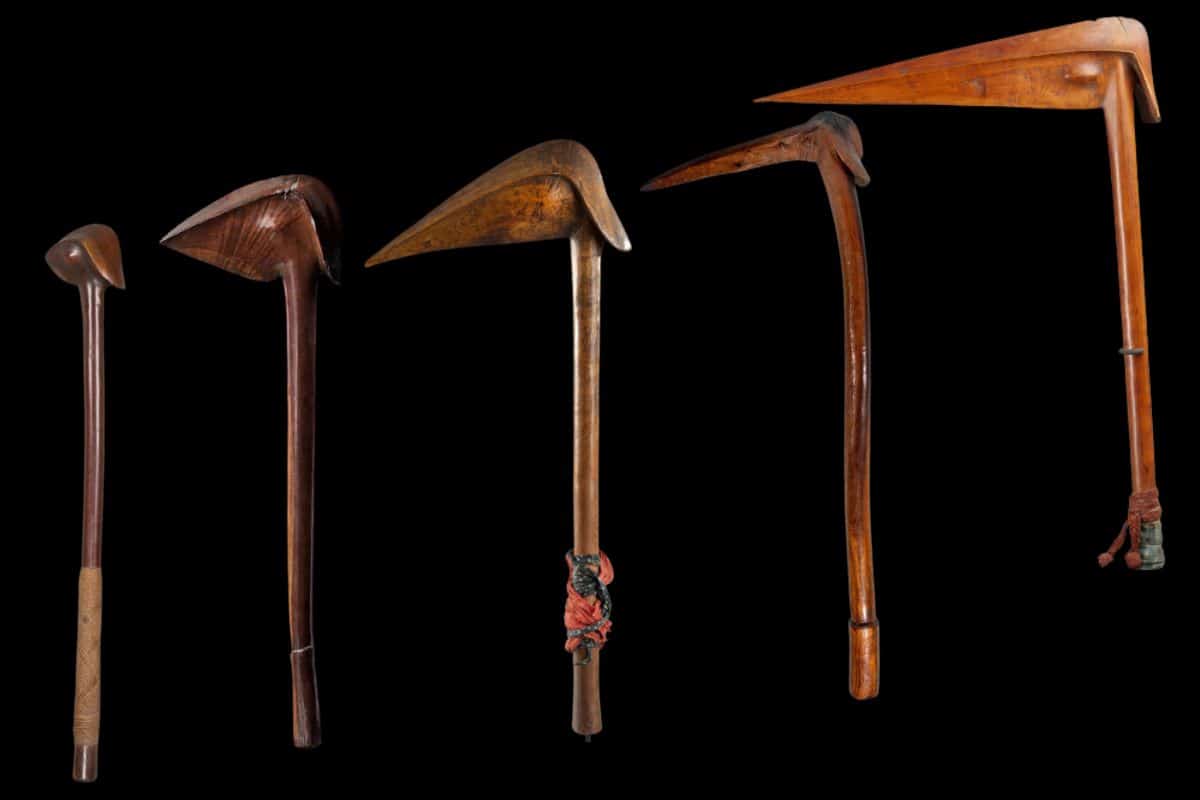
New Caledonian bird head clubs
New Caledonia War Clubs
The best known New Caledonian war club is shaped like a male phalus. These are relatively common but still collectable. The symbology of being beaten to death by a phallic club added humiliation to the enemy.
Other rarer and unusual styles are more collectable. Many of these are so well made and fine that they are also likely to have been as much prestige items as weapons.
Almost all clubs have a early collection history.
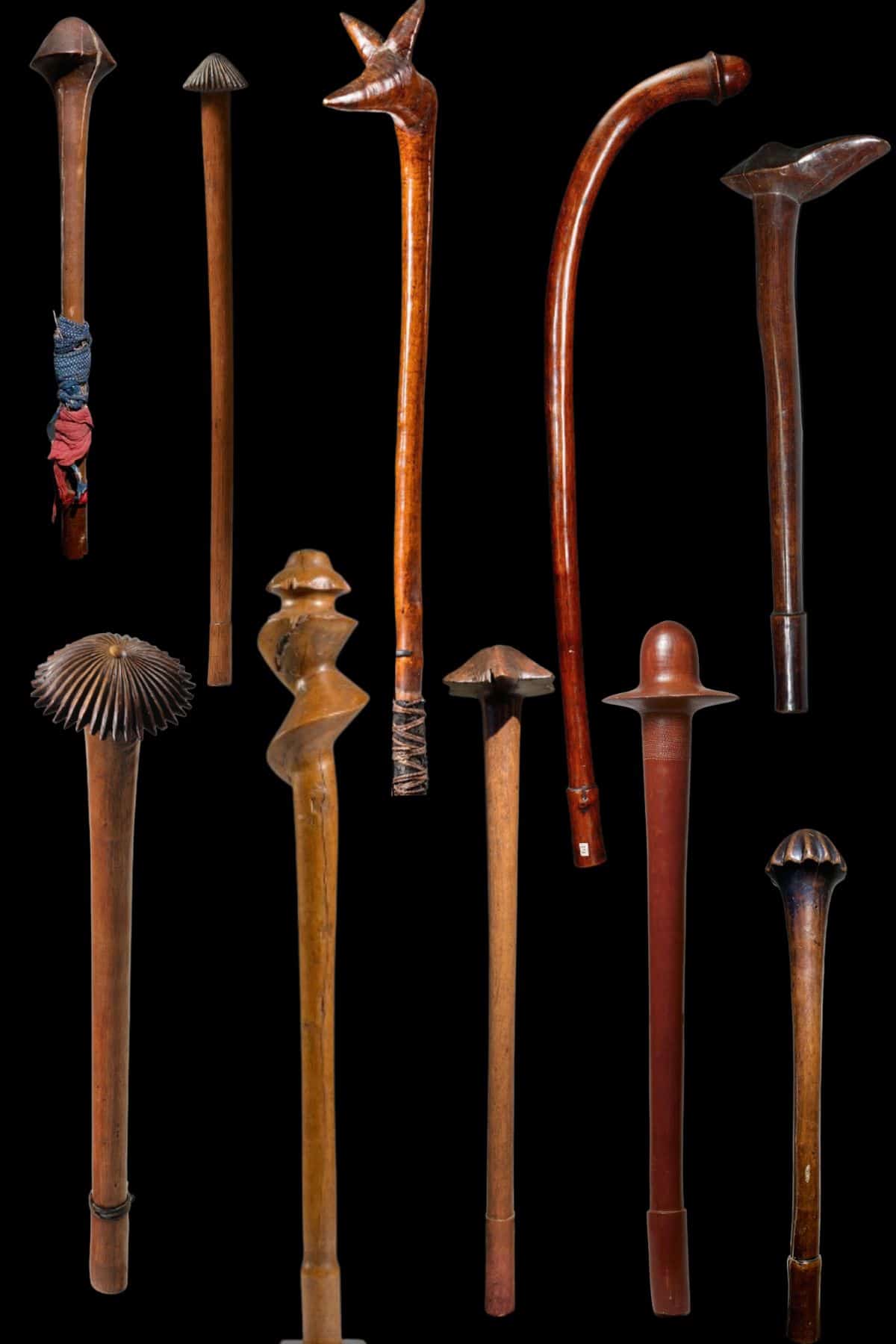
New Caledonia containers
Lengths of bamboo, finely engraved, are enigmatic objects were presented to male elders in New Caledonia. They belonged only to males of a high level of authority. They were also containers, carrying a selection of magical plants that protected the owner. Some of the captivating imagery and geometric patterns appear to have been illustrations for recounting histories of the ancestors.
Water carriers made from gourds with fine bush fibre weaving were also used.
Range from 30cm – 90cm
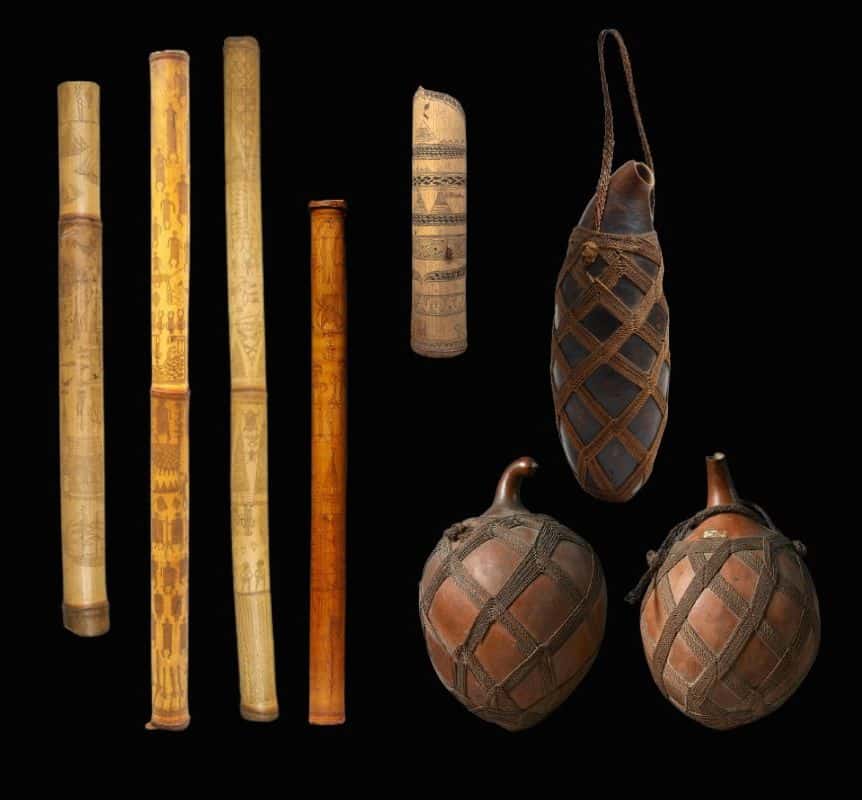
Other New Caledonia Artifacts
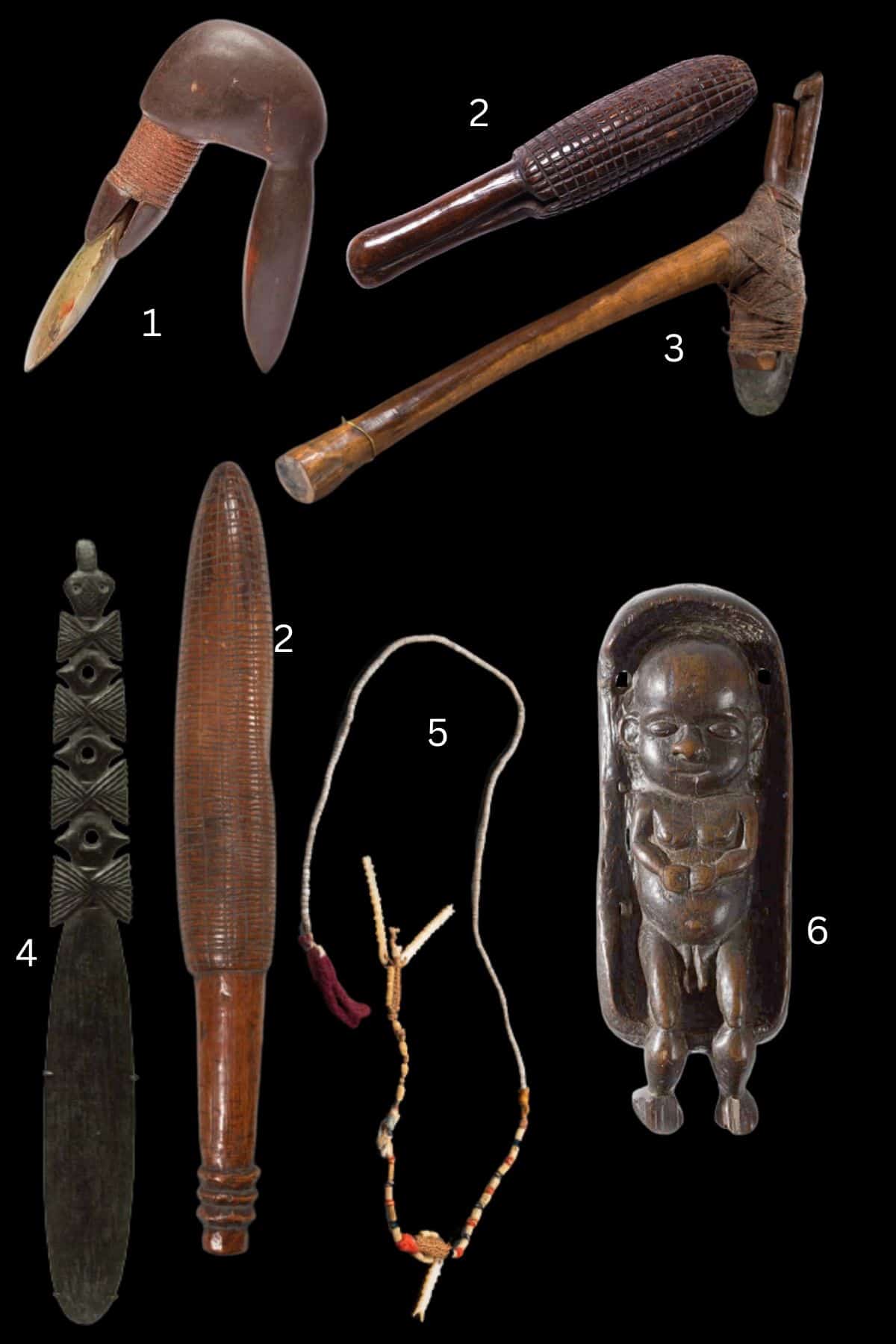
Other Artifacts
Lengths vary from
25cm -62cm
